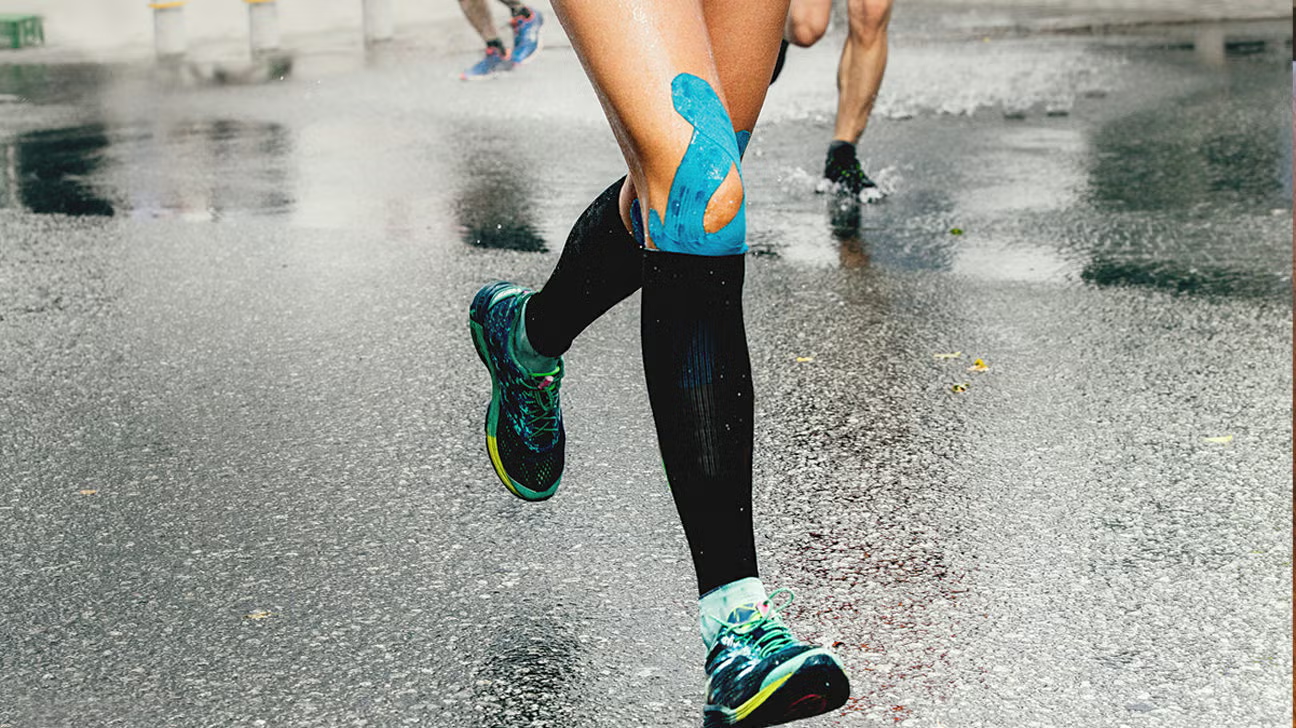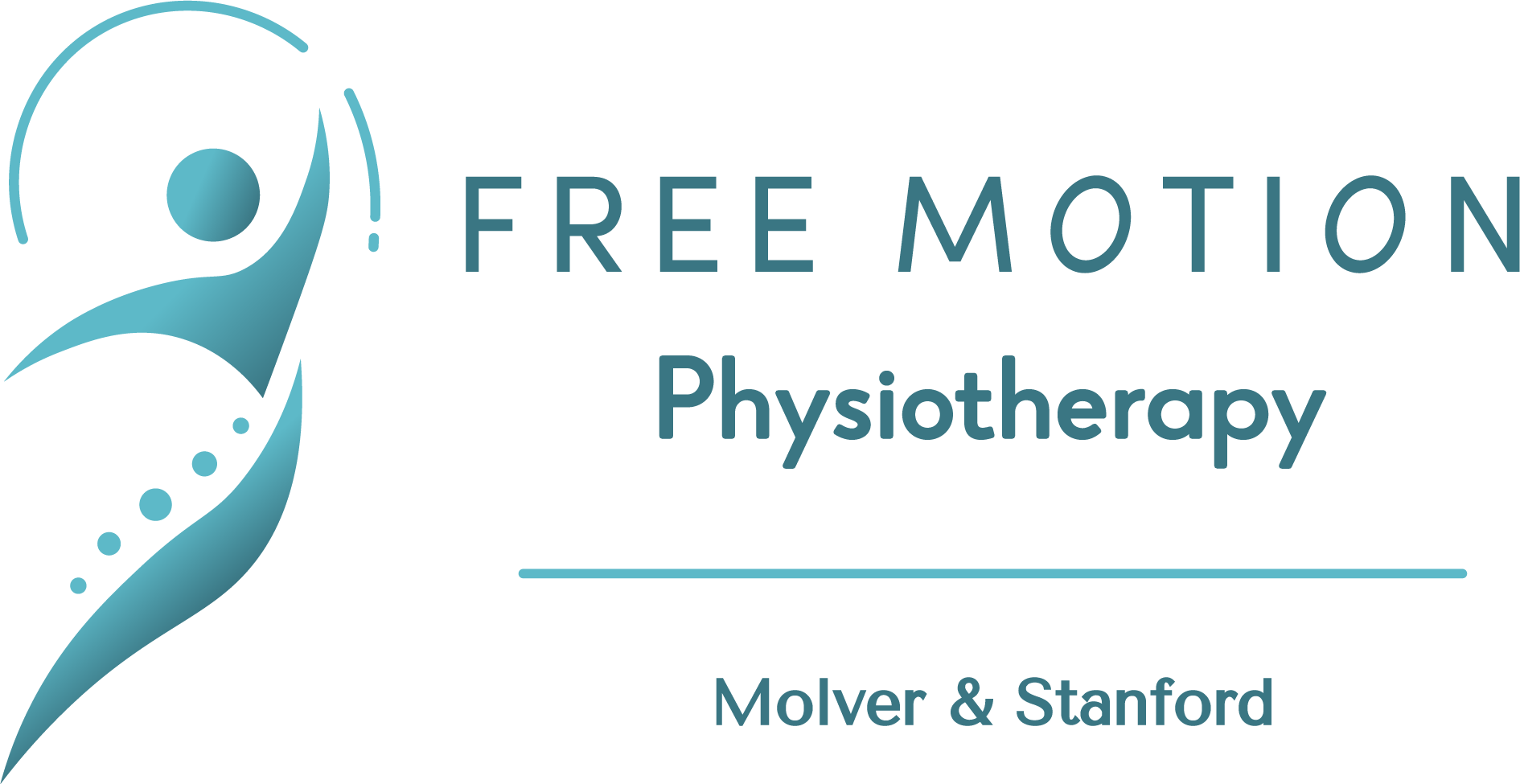Too flexible for your own good? How hypermobility can lead to injury.
If you’ve ever impressed your friends by twisting your thumb back to your forearm or going into a split without warming up first, you might have hypermobility. It’s the party trick that gets gasps and maybe even a little envy from those who can’t touch their toes.
But behind the “wow” factor, hypermobility can sometimes come with a hidden cost: aching joints, recurring injuries and sore muscles that feel like they’re always working overtime. Let’s dive into why that happens, and what you can do about it.


What exactly is hypermobility?
In simple terms, hypermobility means that your joints move further than most people’s. This is usually because your ligaments and tendons (which attaches the muscle to the bone) have more give than most people.
Some people are naturally flexible without any problems. For others, it can be part of a broader condition- like Hypermobility Spectrum Disorder (HSD) or Ehlers-Danlos syndrome (EDS) which affects collagen, the protein that adds structural strength to your connective tissue.
Why very flexible joints can be magnets for injury
Think of ligaments like seatbelts for your joints. In hypermobile people, the seatbelt is a bit “loose”, your joint has extra movement before the seatbelt clicks into place. This extra movement can cause:
- Less joint stability: Your muscles have to pick up the slack and work harder to make up for the ligaments that allow more movement
- Higher demand for proprioception: This is your body’s ability to sense where it is moving in space without looking. Since you have more movement available to you, you need better proprioception to control the movement to avoid injury
- Overworked, tired muscles: Your muscles now have two jobs, to stabilise the joint as well as move the joint and therefore they tire quicker. Fatigue = higher risk for injury.
- Recurring injuries: Once the ligaments have been injured, it’s easier for the same thing to happen again, since pain leads to muscle inhibition and weakness. Common injuries include ankle sprains, knee pain/instability or tendon overuse injuries.
What can I do to protect my joints?
The good news is that you can absolutely stay active and pain-free (with the right approach, of course)
- Build strength, not just flexibility
Hypermobile people need to place more emphasis on strengthening their muscles, since the muscles are working harder over a bigger range of movement. The stronger your muscles, the more support for your joint and the better your control over your movement will be.


- Work on balance and proprioception
Exercises that challenge your stability, like single leg stands/bosu balls are great to enhance your body awareness.
- Support strategically
Braces, taping and well-fitted shoes with arch support can help during high-risk and sporting activities. Note that you shouldn’t rely solely on these measures, this should be used in conjunction with strength training.
- Address your diet
Fuel your joints from the inside- research has shown a link between hypermobility and irritable bowel syndrome (IBS). The why isn’t fully understood, but it may be related to how connective tissue supports the gut and how the nervous system regulates digestion. If symptoms persist, going to see a dietician can be a game changer.
- Listen to your body
Pain and fatigue are early warning signs- don’t push through them.
The Bottom line
Hypermobility can be an asset in some sports and activities, but it also requires a little extra care. By combining smart exercises, good nutrition, and a health lifestyle you can protect your joints for the long run (literally!).
However, if you’re getting injured often, feeling unstable, or finding that pain interferes with your daily life, it’s worth getting checked out by a physiotherapist.
Book your Free Motion Physiotherapy session
More

Is your body waving a red flag? How to detect overuse injuries
Have you ever had a small ache that started during a run or workout? At first you can ignore it

When to rest, and when to move after an injury
“Just rest.” How many times have you heard this advice after an injury, flare-up, or when struggling with body aches

Strapping Up: How Taping can Boost Your Body’s Proprioception in Sport
We have all seen sports matches or competitions with athletes strapped up over a variety of joints. Many people think
